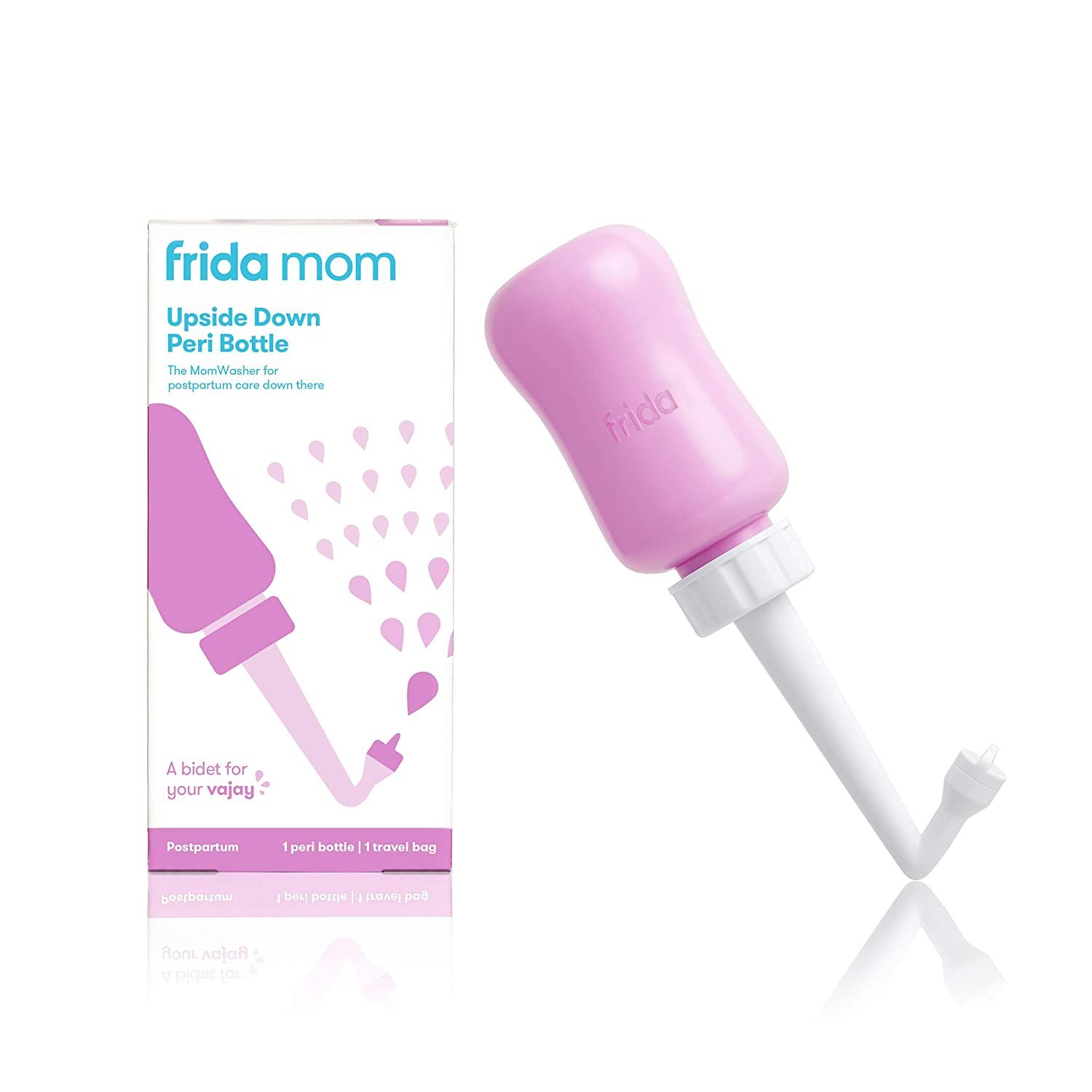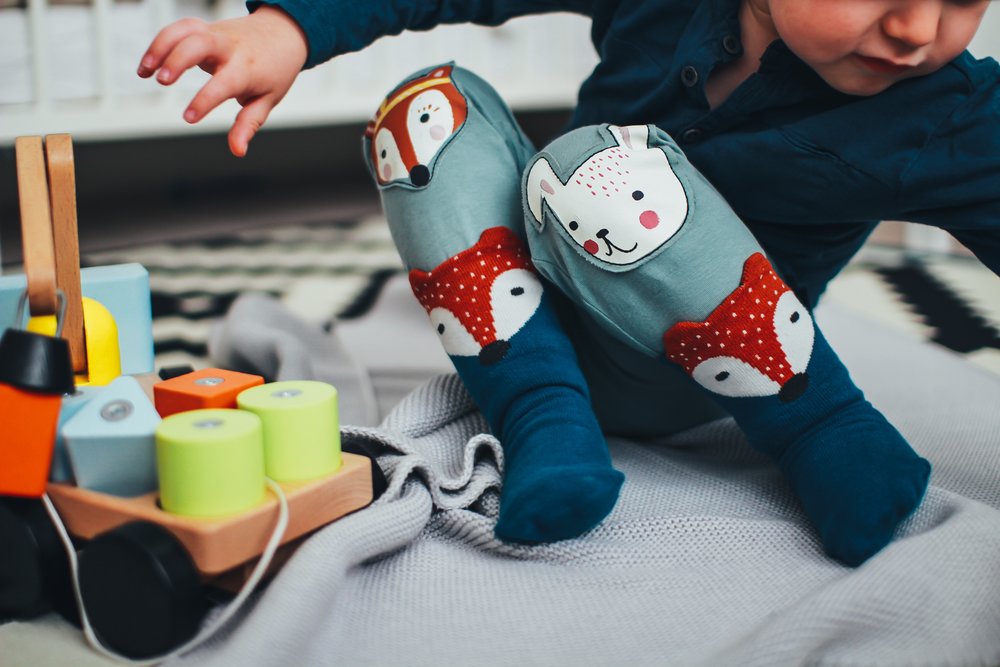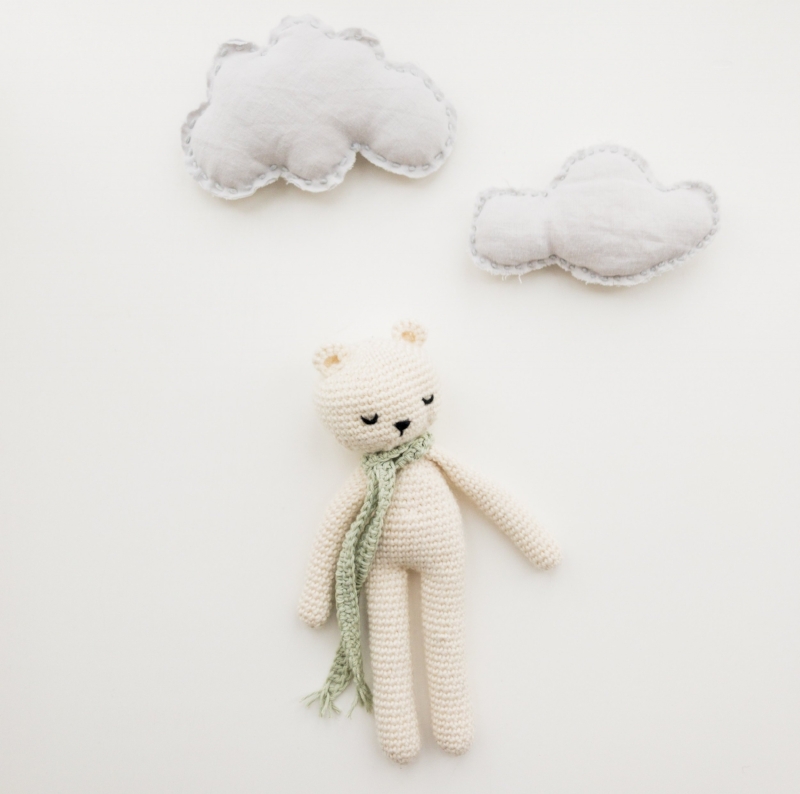When a child has a fever, it can be a worrying time for parents. A fever is a common symptom of many different types of illnesses, and it is usually a sign that the body is fighting off an infection. While a fever is not always a cause for concern, it is important to monitor a child's fever and take action if necessary to bring it down. Here are some tips on how to bring a fever down in an infant or child:
1. Offer plenty of fluids: It is important to keep your child hydrated when they have a fever. Offer them plenty of fluids, such as water, broth, and sports drinks, to help replace the fluids lost due to fever and sweating.
2. Use over-the-counter pain relievers: You can give your child over-the-counter pain relievers, such as acetaminophen (Tylenol) or ibuprofen (Advil), to help reduce fever and relieve body aches. Be sure to follow the dosage instructions on the package carefully.
3. Dress your child in lightweight clothing: Overdressing a child with a fever can cause their body temperature to rise even further. Dress your child in lightweight, breathable clothing to help regulate their body temperature.
4. Keep the room temperature cool: A cool room can help lower your child's body temperature. Keep the room well-ventilated and set the thermostat to a comfortable temperature.
5. Use a fever-reducing bath: A lukewarm bath can help bring down a fever. Be sure to use lukewarm water, as hot water can make a fever worse. You can also add a few drops of essential oils, such as peppermint or eucalyptus, to the bath to help soothe your child's symptoms.
6. Use a cool compress: A cool compress can help bring down a fever and reduce inflammation. Soak a washcloth in cool water and place it on your child's forehead, neck, or chest for a few minutes at a time.
7. Encourage rest: Encourage your child to rest and sleep as much as possible. This will help their body fight off the infection and recover more quickly.
8. Consult a healthcare professional: If your child's fever is high or persists for more than a few days, or if they are experiencing other severe symptoms, it is important to consult a healthcare professional. They may recommend additional treatment or medication to help bring down the fever and alleviate other symptoms.
It is important to note that fever is a normal and necessary response to illness. It helps the body fight off infection and can be a useful tool in the body's immune system. In most cases, a fever will resolve on its own without treatment. However, if your child's fever is causing discomfort or is accompanied by other severe symptoms, it is important to take action to bring it down and seek medical attention if necessary.
It is also important to be aware of the signs of a fever that requires immediate medical attention. These can include a fever that is higher than 104°F (40°C) in infants under 3 months old, a fever that persists for more than a few days, or a fever accompanied by other severe symptoms, such as difficulty breathing, severe abdominal pain, or a rash. If you notice any of these signs, it is important to seek medical attention immediately.
In conclusion, a fever is a common symptom of many different types of illnesses in children, and it is usually a sign that the body is fighting off an infection. While a fever is not always a cause for concern, it is important to monitor a child's fever and take action if necessary to bring it down















